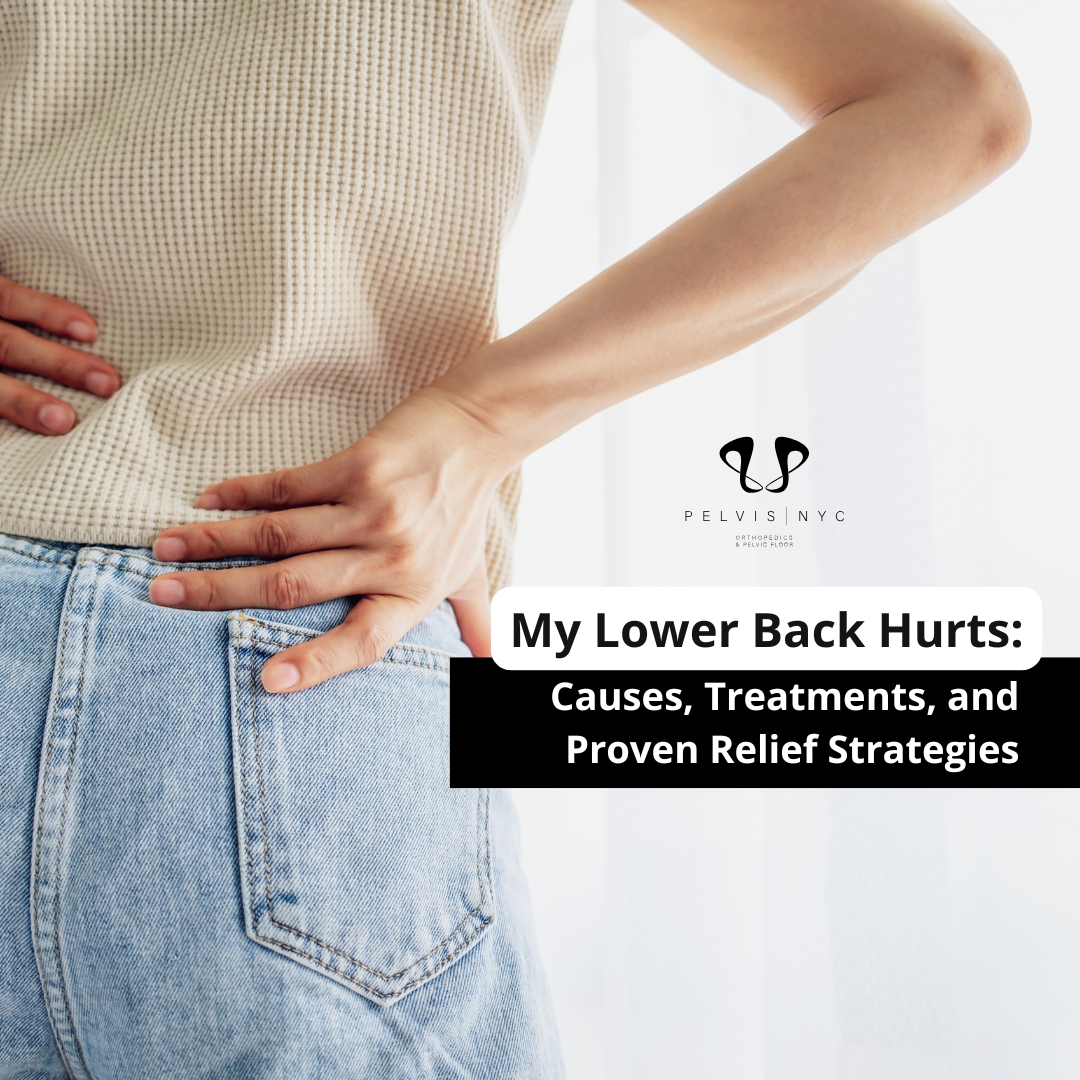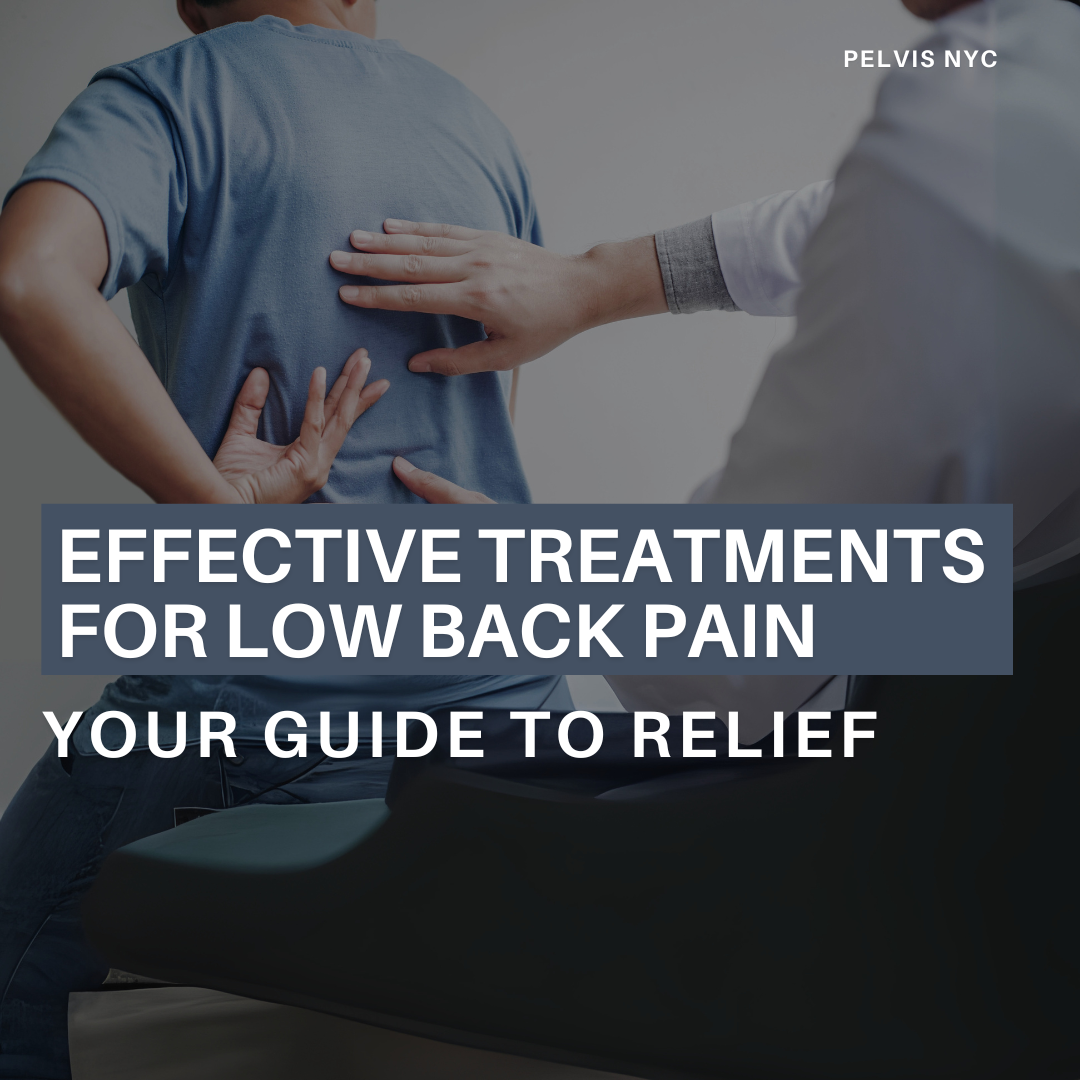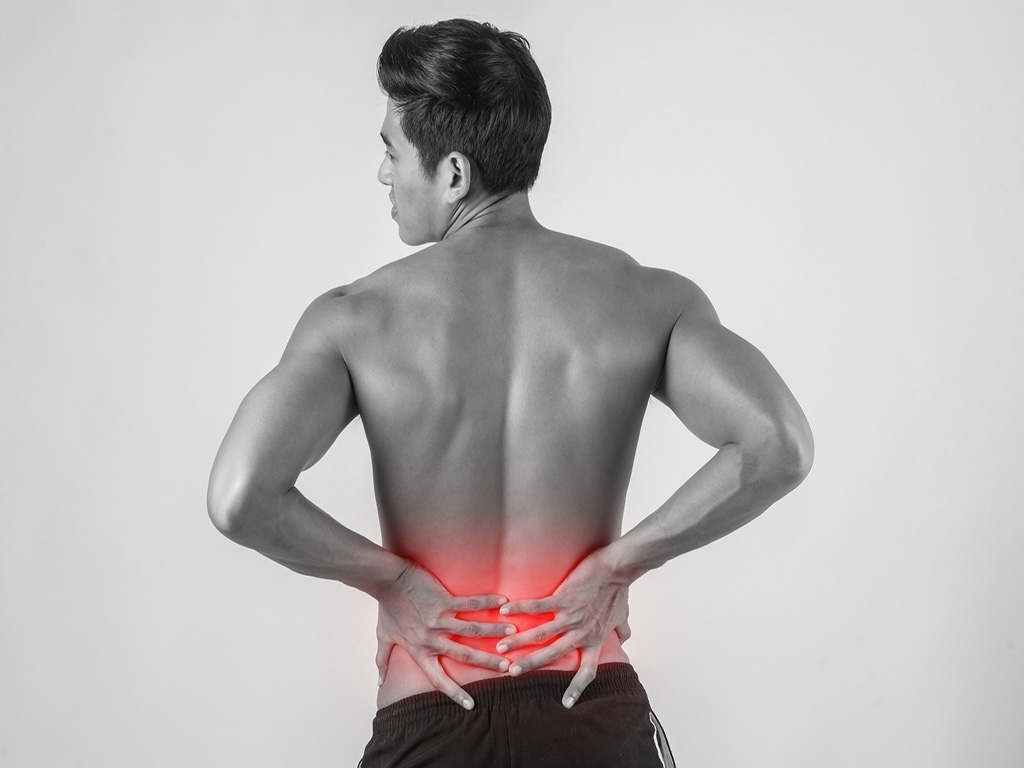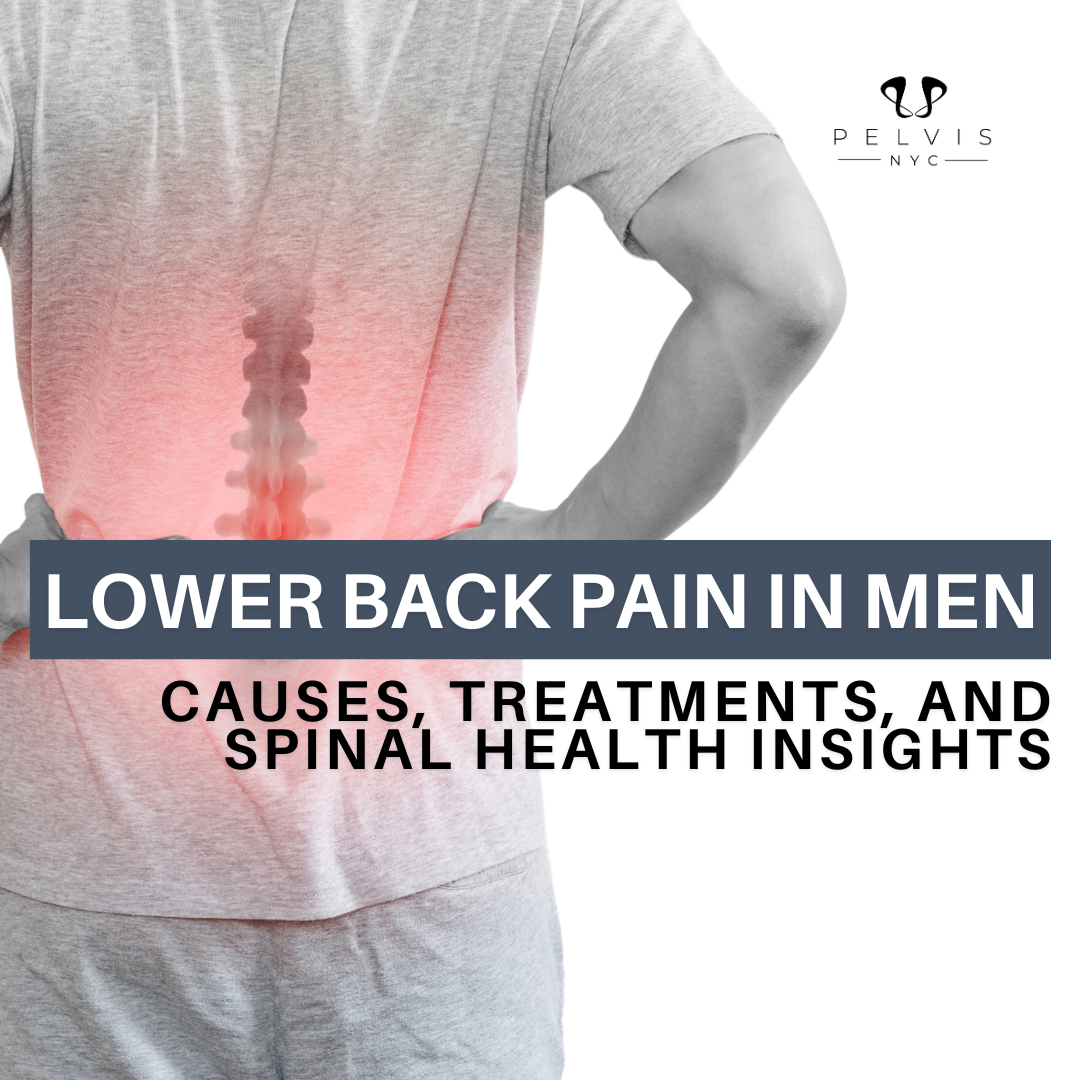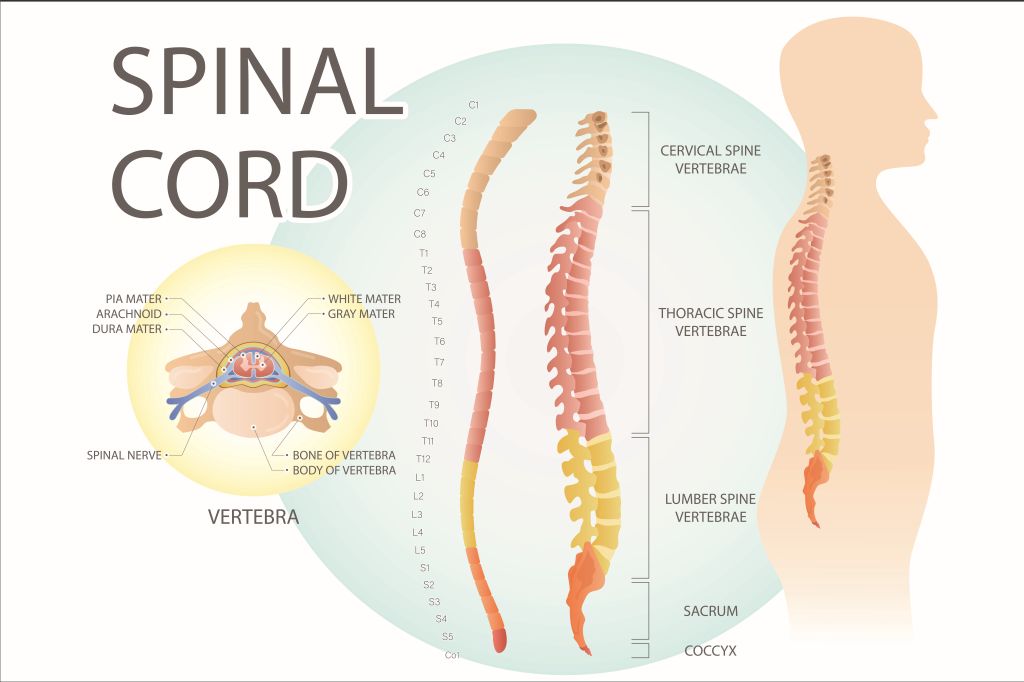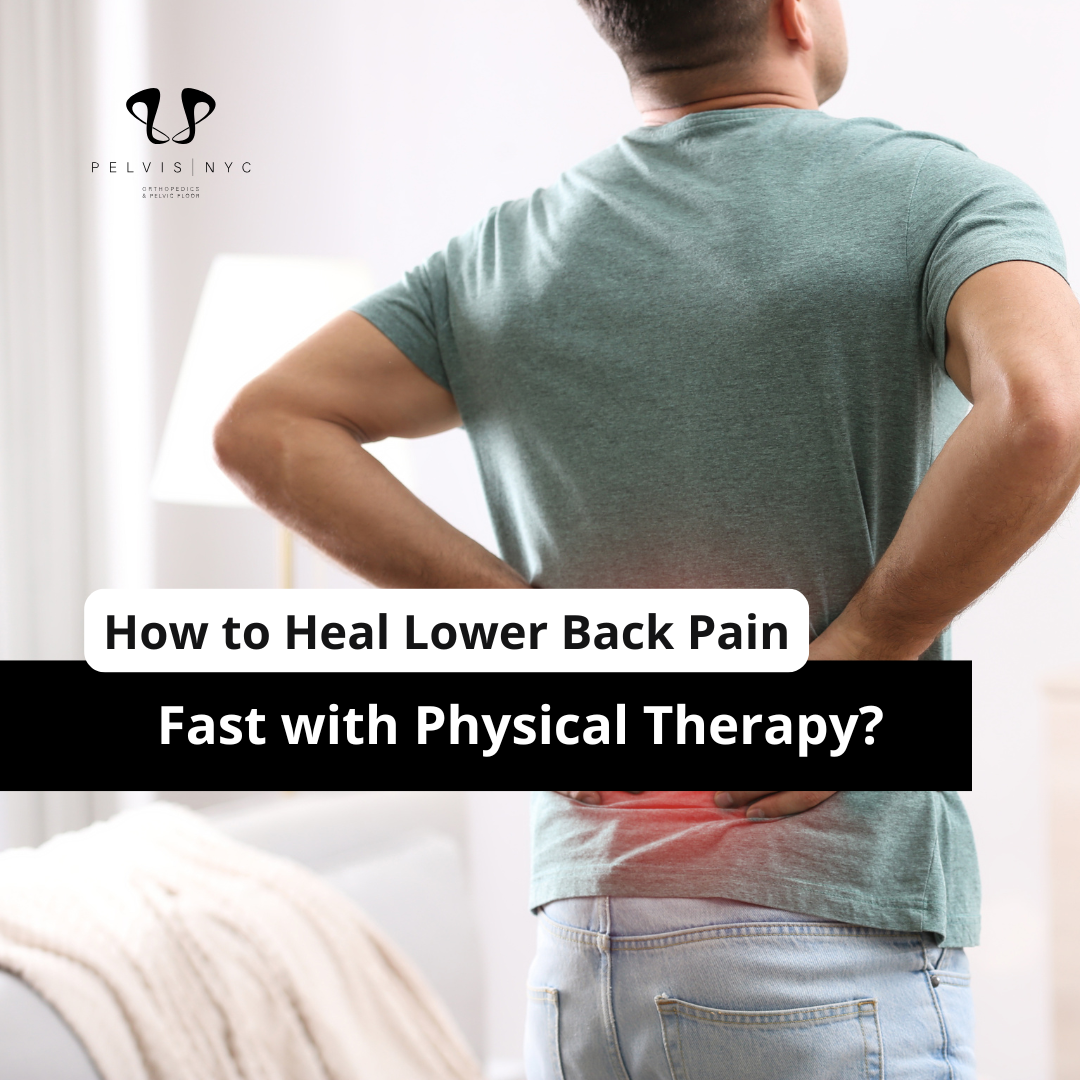Have you ever woken up, tried to get out of bed, and thought, “My lower back hurts — again”? You’re not alone. Back pain affects people of all ages and lifestyles, from office workers sitting too long to athletes pushing their limits. While it’s common, it’s not something you have to live with.
Understanding what’s causing your pain — and how to relieve it — can make all the difference. In this guide, we’ll explore the causes of lower back pain, how to identify acute low back pain, what tests like the straight leg test reveal, and proven treatment strategies to help you move freely again.
Understanding Why “My Lower Back Hurts”
If you’ve ever caught yourself saying, “My lower back hurts,” you’re not alone. Low back pain is one of the most common medical complaints worldwide and a leading cause of missed work. It is especially prevalent among adults, who represent a significant proportion of those seeking care for this condition. Whether it started suddenly after a workout or built up over time from poor posture, understanding what’s causing it is the first step toward healing.
When pain occurs, it may be due to muscle strain, ligament sprain, disc irritation, or nerve compression. Acute back pain can occur suddenly or develop gradually, often as a result of musculoskeletal causes. Other times, it’s related to lifestyle factors like prolonged sitting, stress, or improper lifting. Knowing the difference helps guide effective treatment — especially when managing acute low back pain versus chronic discomfort.
Acute Low Back Pain vs. Chronic Pain
Acute low back pain typically lasts from a few days up to six weeks and often results from overuse or sudden strain. It’s uncomfortable but usually short-lived. Most patients with acute low back pain improve with conservative treatment. Chronic low back pain, however, lingers for months and may involve deeper structural or neurological issues.
Recognizing this distinction helps your provider determine the right approach — whether it’s simple rest, guided exercises, or targeted physical therapy at a clinic like Pelvis NYC, where specialists focus on restoring function and preventing recurrence. Prolonged bed rest is not recommended for acute low back pain; instead, continued activity is encouraged. Muscle relaxants may be considered as a pharmacological treatment option, alongside NSAIDs and acetaminophen, although they are not superior to NSAIDs for pain relief.
Family practice providers often manage both acute and chronic low back pain.
The Role of the Straight Leg Test and Straight Leg Raising
During a physical evaluation, your provider may perform a straight leg test (also known as straight leg raising) to assess whether nerve irritation is contributing to your pain.
Here’s how it works: while you are in the supine position (lying on your back), the clinician gently lifts one leg, performing hip flexion while keeping your knee straight. If this maneuver reproduces your pain—especially if it radiates down your leg—this is considered a positive test or positive straight leg test, indicating nerve root involvement and possible radicular symptoms. A positive straight leg test is often sensitive for detecting nerve root irritation and may suggest a herniated disc.
This test helps distinguish simple muscular causes from more serious neurological findings that might require advanced care.
Additionally, your provider may perform a femoral stretch test. If this maneuver causes pain in the anterior thigh, it suggests involvement of the L2-4 nerve roots.
Why a Neurological Assessment Is Important
If your back pain is severe, persistent, or radiates into your legs, your clinician might recommend a neurological examination. This examination is performed on patients to assess reflexes, muscle strength, coordination, and sensory response, focusing on the evaluation of nerve roots for signs of irritation or compression.
During the examination, the patient’s sensory and motor function are tested, including assessment of the lateral aspect of the thigh and foot, as well as movements of the feet and foot such as plantarflexion and toe lifting. These tests help identify deficits related to specific nerve roots, such as L4, L5, and S1.
The spinal cord, housed within the spinal canal, is a critical structure protected by the vertebral column. Its relationship to the nerve roots and their exits is essential in understanding neurological findings in patients with low back pain.
Certain findings during the examination may raise concern for more serious underlying issues, such as spinal cord compression or cauda equina syndrome, and may prompt further diagnostic evaluation.
Recognizing “Red Flags” in Low Back Pain
Identifying red flags is a crucial part of the initial evaluation of low back pain.
Although most cases of low back pain are not serious, there are certain red flags you should never ignore:
- Loss of bladder or bowel control
- Numbness in the groin or inner thighs
- Unexplained weight loss or fever
- Severe pain following trauma or accident
- History of cancer or infection
If you experience any of these symptoms along with “my lower back hurts,” seek immediate medical attention. Early intervention is key to preventing long-term damage.
Diagnostic Tests: What to Expect and When They’re Needed
When you’re dealing with acute low back pain, it’s natural to wonder if you need further testing. In most cases, diagnostic tests aren’t necessary right away—especially if your symptoms are mild and there are no red flags. However, if your pain is severe, persistent, or accompanied by symptoms like leg weakness, numbness, or changes in bladder or bowel control, your provider may recommend additional tests to get to the root of the problem.
Common diagnostic tools include X-rays, CT scans, and MRIs, which can help identify issues such as herniated discs, spinal stenosis, or compression fractures that may be causing nerve root irritation. Electromyography (EMG) can also be used to assess nerve function and pinpoint the source of nerve root irritation or sciatica. The straight leg raise test remains a valuable, in-office assessment for detecting nerve root involvement—if lifting your leg causes pain that radiates down the leg, it may indicate irritation of the sciatic nerve.
Remember, these tests are typically reserved for cases where conservative treatment hasn’t improved your symptoms or when more serious causes of back pain are suspected. Always discuss the need for diagnostic tests with your healthcare provider to ensure you receive the most appropriate care for your specific situation.
“My Lower Back Hurts:” How Physical Therapy Can Help
Physical therapy plays a central role in treating and preventing low back pain. At Pelvis NYC, our therapists specialize in pelvic and spinal rehabilitation — focusing on restoring movement, reducing pain, and strengthening core stability, with particular attention to the lumbar spine and pelvis.
Your treatment plan might include:
- Manual therapy to release tight muscles, including the paraspinal muscles, and improve mobility
- Targeted exercises to stabilize your spine and pelvis
- Postural education to reduce daily strain
- Neuromuscular re-education to retrain movement patterns

For those dealing with acute low back pain, gentle mobility work and progressive strengthening can make a significant difference in recovery speed and long-term outcomes.
Proven Relief Strategies You Can Start Today
You don’t have to live with constant discomfort. Here are some strategies you can start right now to manage your pain and prevent flare-ups:
- Stay Active – Gentle walking, swimming, or stretching can relieve stiffness. Including gentle lateral flexion and forward flexion exercises may help improve spinal mobility and reduce discomfort.
- Maintain Good Posture – Keep your spine aligned, especially when sitting for long hours.
- Use Heat and Ice – Alternate between warm compresses and cold packs to manage inflammation.
- Strengthen Your Core – Strong abdominal and pelvic muscles reduce pressure on the lower back.
- Seek Professional Care – If your pain persists or worsens, schedule a consultation for a neurological assessment and customized physical therapy plan.
If conservative strategies do not provide relief, surgical treatment or surgery may be considered as a last resort.
Lifestyle Modifications for a Healthier Back
Taking care of your spine goes beyond just treating pain—it’s about building habits that keep your back strong and resilient. Regular exercise, including physical therapy routines, helps strengthen the muscles that support your spine and improves flexibility, making you less prone to acute low back pain. Maintaining a healthy weight is also crucial, as carrying extra pounds can put additional stress on your back.
Simple changes like practicing good posture, using proper lifting techniques, and taking frequent breaks to stretch during long periods of sitting can make a big difference. Managing stress through relaxation techniques such as meditation or deep breathing can also help, since tension often settles in the back muscles. If you smoke, consider quitting—smoking can reduce blood flow to the spine and slow healing.
By weaving these lifestyle modifications into your daily routine, you’ll not only reduce your risk of low back pain but also support the long-term health of your spine and muscles.
Preventing Future Episodes of Low Back Pain

Once you’ve experienced acute low back pain, preventing it from coming back becomes a top priority. The key is to stay proactive with your spine health. Continue with physical therapy exercises that focus on strengthening and stretching the muscles supporting your back—these routines help maintain flexibility and reduce the risk of muscle spasm or nerve root irritation.
Make it a habit to take regular breaks from sitting or repetitive activities, allowing your muscles to relax and reset. Be mindful of your movements: avoid heavy lifting, sudden twisting, or bending that could strain your back. Ergonomic adjustments at work and home, such as supportive chairs and proper desk setup, can also help protect your spine.
By committing to these preventive strategies, you’ll lower your chances of recurrent episodes of acute low back pain and keep your back—and your life—moving forward.
Coping with Back Pain: Emotional and Practical Tips
Living with back pain can be tough, not just physically but emotionally as well. It’s important to recognize the impact chronic back pain can have on your mood and daily life. Don’t hesitate to reach out to family, friends, or a mental health professional for support—you don’t have to face it alone.
On the practical side, there are several ways to manage pain and make daily activities easier. Applying heat or cold packs can help soothe sore muscles and reduce inflammation. Taking regular breaks to rest and gently stretch your back can prevent stiffness. For some, transcutaneous electrical nerve stimulation (TENS) offers relief by using mild electrical currents to interrupt pain signals. Nonsteroidal anti-inflammatory drugs (NSAIDs) can also help manage pain and swelling, but always use them as directed by your doctor.
If needed, assistive devices like canes or walkers can take pressure off your spine and make movement safer. Most importantly, work closely with your healthcare provider to develop a treatment plan tailored to your needs—addressing both the physical and emotional aspects of back pain for the best possible quality of life.
Take the Next Step Toward Healing
If you’ve been saying, “My lower back hurts,” for days or weeks, it’s time to act. The longer you wait, the harder it can be to regain comfort and mobility.
👉 Reach out to Pelvis NYC today for a comprehensive evaluation and a personalized treatment plan. Our expert therapists will help you identify the root cause, treat your pain effectively, and get you back to moving with confidence and ease.
Related Blog: Effective Treatments for Low Back Pain: Guide to Relief

